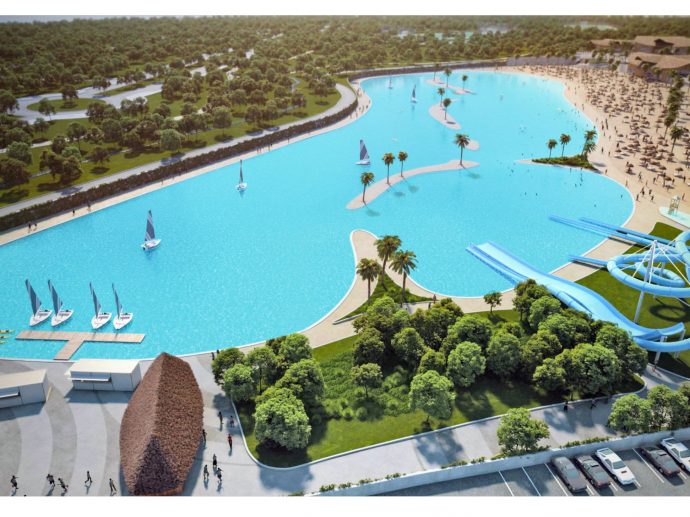Categories more
- Adventures (17)
- Arts / Collectables (15)
- Automotive (37)
- Aviation (11)
- Bath, Body, & Health (77)
- Children (6)
- Cigars / Spirits (32)
- Cuisine (16)
- Design/Architecture (22)
- Electronics (13)
- Entertainment (4)
- Event Planning (5)
- Fashion (46)
- Finance (9)
- Gifts / Misc (6)
- Home Decor (45)
- Jewelry (41)
- Pets (3)
- Philanthropy (1)
- Real Estate (16)
- Services (23)
- Sports / Golf (14)
- Vacation / Travel (60)
- Watches / Pens (15)
- Wines / Vines (24)
- Yachting / Boating (17)
Published
11/28/2022 by Crystal LagoonsAlthough Madrid is recognized as a major tourist hub for its diverse gastronomic and cultural heritage, the city has no beach life. That until now, because on the outskirts of the city, Crystal Lagoons will build Alovera Beach, its first Public Access Lagoons™ project, also known as PAL™ developments, on the Iberian Peninsula. Elsewhere in Europe the company is already developing PAL™ projects in the Czech Republic, Poland, Romania, Hungary and Turkey, as well as having already developed two real estate complexes in Spain (Costa del Sol and Murcia).
Europe, located in a Mediterranean urban area less than 40 minutes from the center of Madrid. The centerpiece of the project will be a 2.1-hectare turquoise lagoon that will be open to the general public for the price of an entrance fee.
The project is an innovative concept, which will transform the municipality of Alovera and boost tourism in the area, positioning itself on the European map of technology, innovation and sustainability and as a unique reference point in outdoor water sports. The complex will be open all year round and expects to receive around 350,000 visitors annually.
The body of water will be surrounded by an extensive, 1.6-hectare, white sandy beach and include sports facilities, a water park, children's pools, a water sports school and gastronomic services.
The project, which will be developed by Crystal Lagoons in partnership with Grupo Rayet, will become a model for urban regeneration that will change the local landscape in a revolutionary way having a high social impact.
"PAL™ projects drastically change people's lifestyles. They bring beach life and water sports possible in a city context, making going to the beach as close and as normal as going to the local park is today", explains Francisco Matte, regional director of Crystal Lagoons.
Like all of Crystal Lagoons projects, the Alovera Beach lagoon will include the multinational's sustainable technology, which allows the use of any type of water, consumes 30 times less water than a golf course and only half that of a park of the same size. Its filtration system uses only 2% of the energy of a conventional system and up to 100 times less chemicals than a swimming pool.















